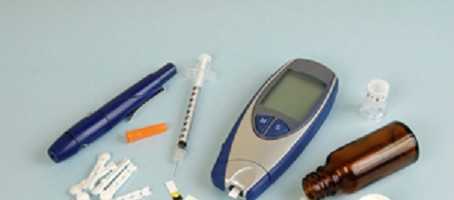A medicine approved to treat type 2 diabetes, pioglitazone, can help white blood cells fight bacterial infections, research suggests.
Pioglitazone is being investigated to treat other disorders due to its anti-inflammatory properties, with recent findings suggesting it could increase the production of reactive oxygen species (ROS).
ROS, a variety of oxidant molecules, is impaired in patients with the rare inherited disorder chronic granulomatous disease (CGD), in which certain immune system cells cannot kill some types of bacteria and fungi. This is due to the lack of a functional enzyme known as NADPH oxidase.
ROS normally destroy these bacteria, but CGD patients do not have this early immune response and can suffer infections of the lungs, skin, lymph nodes and liver.
Pioglitazone is prescribed for type 2 diabetes as it can reduce the amount of glucose in the blood, but the National Jewish Health have discovered pioglitazone can also increase ROS production in white blood cells.
Testing on mice, they observed a 30 per cent increase in mouse models of CGD and in the white blood cells of CGD patients. Pioglitazone helped bypass the genetic defects of CGD to enhance the ability of white blood cells to kill two common pathogens in CGD; Staphylococcus aureus and Burkholdia cepacia.
“These findings demonstrate that pioglitazone can promote the production of ROS from mitochrondria of white blood cells,” said Dr. Donna Bratto, MD.
“While pioglitazone does not restore full ROS production, it does make a relevant contribution to host defence in mouse and cellular models of chronic granulomatous disease. We are looking forward to evaluating pioglitazone in patients with the disease,” Bratton added.
What's new on the forum? ⭐️
Get our free newsletters
Stay up to date with the latest news, research and breakthroughs.






